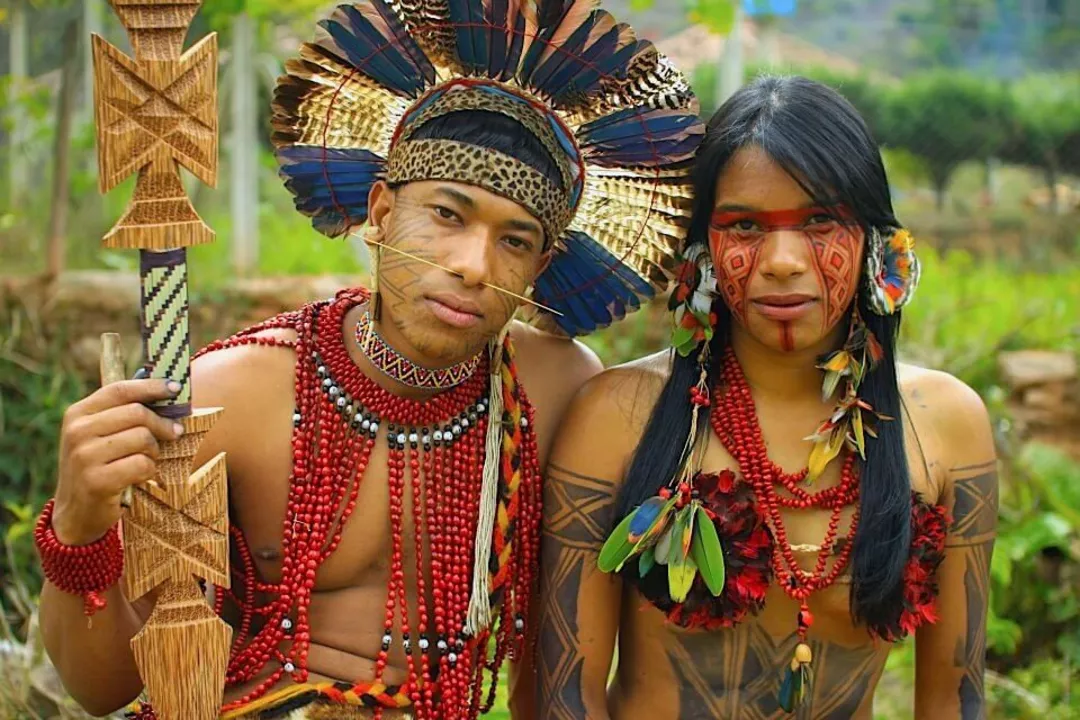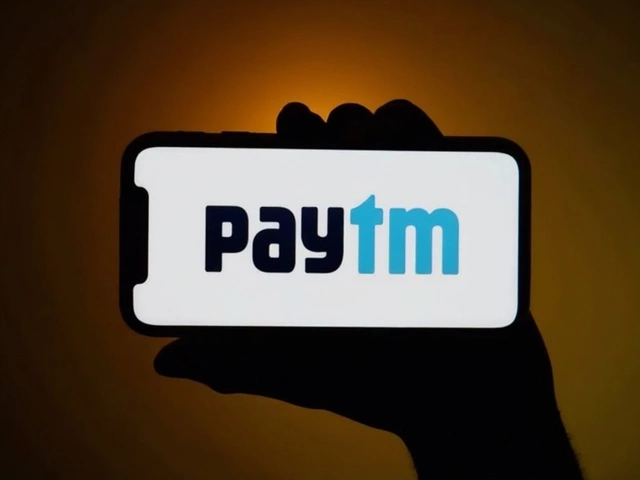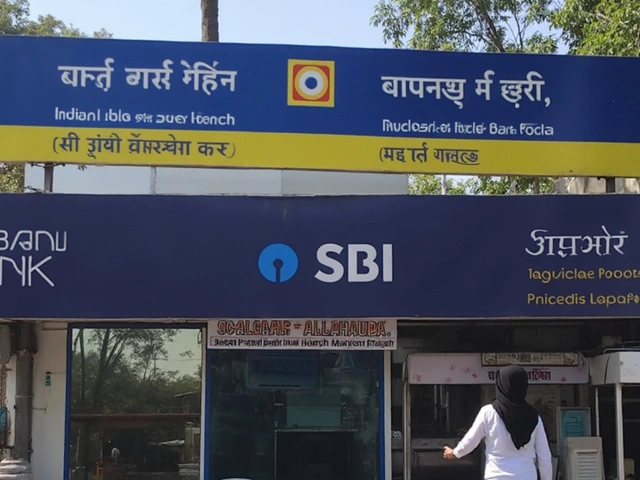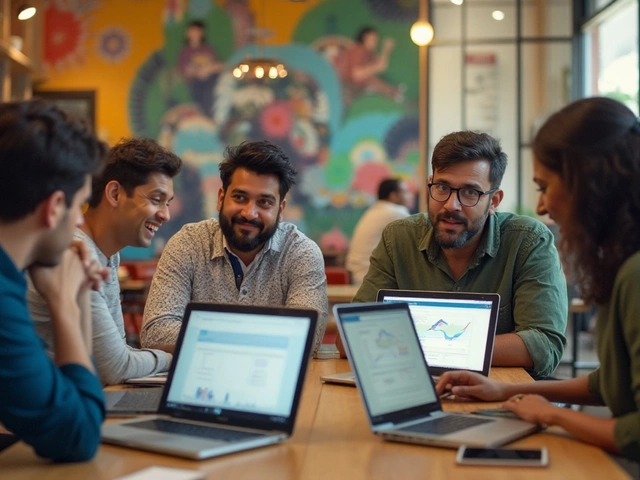Indian Reservations: A Simple Guide
When you hear the word “reservation,” you might picture a remote community or a piece of land set aside for a tribe. That’s the basic idea, but there’s a lot more to it. In this guide we’ll break down where reservations came from, how they work today, and what life is really like for the people who call them home.
How Reservations Began
Reservations started in the 1800s after the U.S. government signed treaties with Native tribes. The treaties often promised protection and a defined area of land in exchange for giving up larger territories. In reality, many of those promises were broken, and the land boundaries shifted over time. The result was a patchwork of small, sometimes isolated, parcels scattered across the country.
Each reservation is tied to a specific tribe, and the tribe’s government runs many of the local services. That means the tribe decides on schools, police, and health clinics, often in partnership with federal agencies. The idea was to let tribes keep some control, but funding and authority have always been uneven.
Living on a Reservation Today
Today, more than 300 Indian reservations exist, covering roughly 56 million acres. People on reservations work in a mix of traditional and modern jobs. Some run farms or sell crafts, while others work in casinos, tourism, or government positions. Economic opportunities can be limited, especially in remote areas where jobs and internet access are scarce.
Education is a big focus. Many reservations have schools that teach both standard curricula and tribal languages. Keeping languages alive helps preserve culture, but schools also need resources to offer good teaching facilities.
Health is another challenge. Access to doctors and hospitals can be far away, leading to higher rates of certain illnesses. The Indian Health Service provides care, but funding shortages mean many families still travel long distances for treatment.
Despite the hurdles, reservation communities are vibrant. Powwows, storytelling, and traditional dances happen regularly, keeping traditions alive for younger generations. Social media has also helped tribes share their culture with a wider audience and attract support for projects like clean water initiatives.
If you’re interested in learning more or helping out, start by visiting a tribal website or attending a public event. Many reservations welcome visitors who want to respect the land and the people. Offering a listening ear, buying authentic crafts directly from artisans, or supporting local businesses are simple ways to make a positive impact.
In short, Indian reservations are more than just maps on a page. They are living communities with deep histories, unique challenges, and a forward‑looking spirit. Understanding the basics helps you appreciate the resilience and contributions of Native peoples across the United States.
Are there still alot of Indian reservations in America today?
Today, there are still many Indian reservations throughout the United States. These reservations are home to Indigenous populations from many different tribal nations, each with their own unique culture, language, and traditions. The reservations are protected lands where the Indigenous peoples can live in accordance with their customs, and where their rights are protected. Although the reservations are significantly smaller today than when they were established in the past, they are still important places for Indigenous people to connect with their heritage and pass it down to future generations. Despite the challenges they face, these reservations are a source of pride and strength for Indigenous people in America.





